[ad_1]
SPAIN has more UNESCO World Heritage Sites than almost any other country in the world. From its white villages to grand cities, the architecture is part of the attraction for millions of tourists who visit every year.
But for Andres Rubio, the country has gone through a ‘cultural catastrophe’ when it comes to construction.
So bad has it been, the former editor of El Pais’s respected El Viajero travel section claims politicians have given little thought on how to grow cities and villages in a way that protects cultural heritage.
In his new book, España Fea (Spain is Ugly), he charts why it happened.
“Spain is ugly. It is very hard to say, but that’s how it is,” he explains.
He is most critical of the once charming fishing villages on the Costa del Sol, which he says have been ‘chronically overdeveloped’, and describes Benidorm’s newly built Intempo skyscraper, the tallest residential building in Europe, as ‘hideous’.
However, Rubio also cites some model examples, such as Galician masterpiece Santiago de Compostela, which has a reputation for rejecting new build projects that do not align with its rustic aesthetic.
It is easy to spot places that both support and contradict his controversial point of view. Sometimes one building can do both.
Here, the Olive Press picks out a dozen most eye-catching examples of the Good, the Bad and the Ugly around Spain.
What’s your view? Let us know and send us your own lists to newsdesk@theolivepress.es.
THE GOOD
Guggenheim Museum, Bilbao
Surely one of the best examples of contemporary architecture in the world, the Frank Geary designed museum put Bilbao on the world travel map. Notable for its use of fragmented, corrugated metals, it has been described as a ‘signal moment in the architectural culture of Spain’.
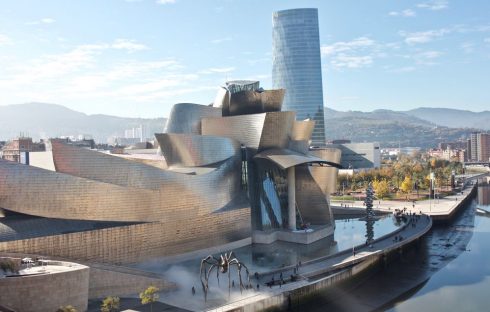
CaixaForum, Madrid
The eye-catching vertical-garden facade in the heart of the capital is hugely popular, for its bulk and optical illusions. The building housed the Mediodía Electric Company before being converted into a cultural space.
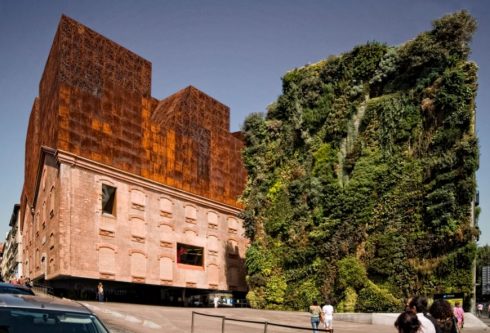
Metropol Parasol, Sevilla
Known as ‘Las Setas’, or ‘mushrooms’ of Sevilla, the world’s largest wooden structure was designed by Jürgen Mayer in 2011. A vast swirl of wooden lattice work, it rises to heights of 26 metres over Roman remains in a historic plaza. Its main purpose is to provide shade as well as views over Sevilla’s old town.

La Muralla Roja, Calpe
A geometric wonder, La Muralla Roja was designed by legendary architect Ricardo Bofill in 1968, featuring interconnected communal plazas and bridges. Bofill’s legacy was wide reaching, with global TV hit – Squid Game – featuring architecture that doffed its hat to the Spaniard, who died this year.
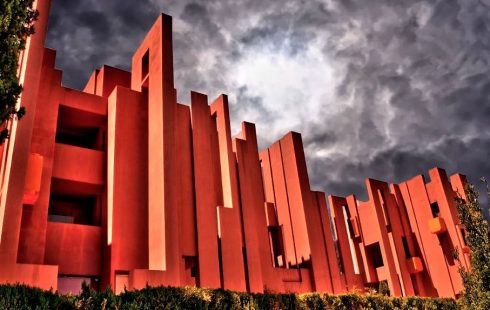
Donald Gray buildings, Marbella
These are enviable streets to live in. The leafy Marbella suburbs designed by British architect Donald Gray have won many awards. His lily-white houses are a modern pastiche of Moorish architecture – Islamic architecture which developed in the western Islamic world, with each house along a completely different build that still retains a uniform aesthetic. But they fit in.
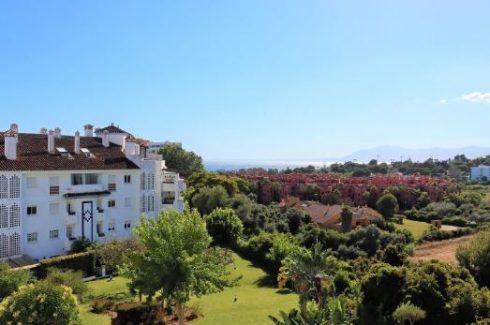
THE BAD
Edificio Montreal, Alicante
Infamous in Alicante, this 1980s building just outside the city centre was designed by local architect Alfonso Navarro. It is known universally among residents as La Piramide.

The Botin Centre, Santander
Named after the late CEO of Santander bank, it is described as ‘phallic-looking’ and as if it is ‘emerging from the sea and thrusting itself into the city’. Costing a hefty €80 million so far, it is yet to be completed despite the fact construction began over a decade ago.
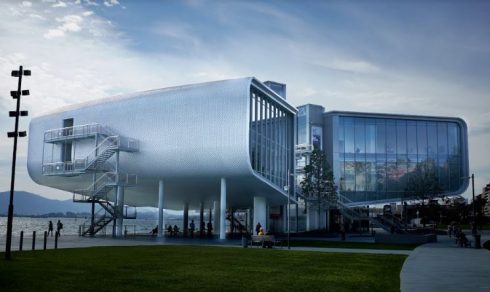
Parroquia de Santa Monica, Zaragoza
Architect Agustinos Recoletos created this church with a space age quality that is, arguably, out of place in its surroundings as much now as when it was built in 1973. The futuristic design was chosen in an attempt to expand the reach of the church and to attract more young people.
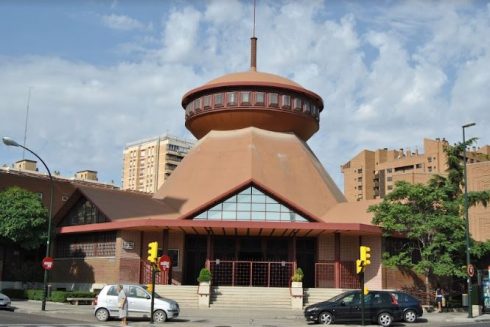
Intempo building, Benidorm
On the receiving end of a fair amount of vitriol from Rubio, the building is seen by some as a symbol of poor planning and bureaucracy, with both architects responsible for the project resigning in 2012, before it was finished.

THE UGLY
Ronda Parador, Ronda
A true example of money talking, Ronda’s Parador hotel may seem innocuous to the untrained eye, but a close inspection reveals a hideous new build parallel loft-conversion jutting out of the original 16th century structure that is unworthy of the city’s Roman and Moorish heritage. Sitting in pole position by the town’s famous bridge, while the views from the new rooms may be enhanced, from the outside the semi-circular balconies are a disgrace… and not even balanced.
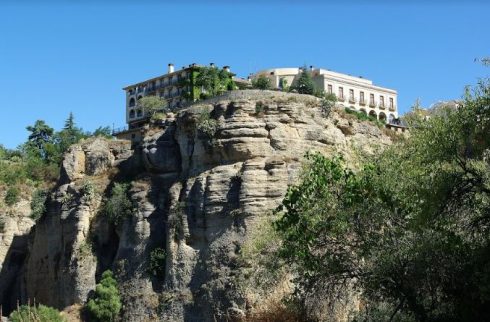
The Mirador Building, Madrid
A lego encrusted eyesore or a groundbreaking feat of postmodernism? The Mirador Building was developed by Dutch architectural studio MVRDV in collaboration with Madrid architect Blanca Lleo. The apartment block looks on to panoramic views of the Sierra de Guadarrama many locals wish such views were rather less obstructed.
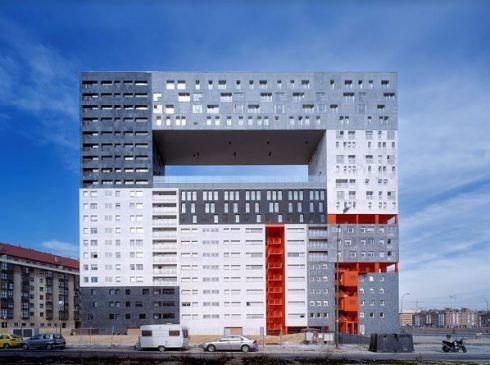
Algarrobico Hotel, Almeria
This is, without a doubt, the most disgraceful building ever constructed on Spain’s coastline.
This 411-room carbuncle, near Vera, in Almeria, has fortunately still not opened, but it has already completely scarred what was once a virgin beach. Erected without the correct planning permission – nor stopped despite protests from Greenpeace and Ecologists in Action – it dwarfs its surroundings and highlights more than anything else how corruption helped to destroy Spain’s last remaining coastlines.
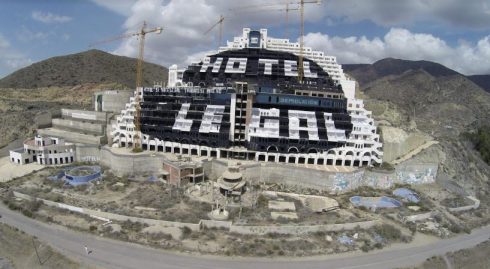
[ad_2]
Source link
